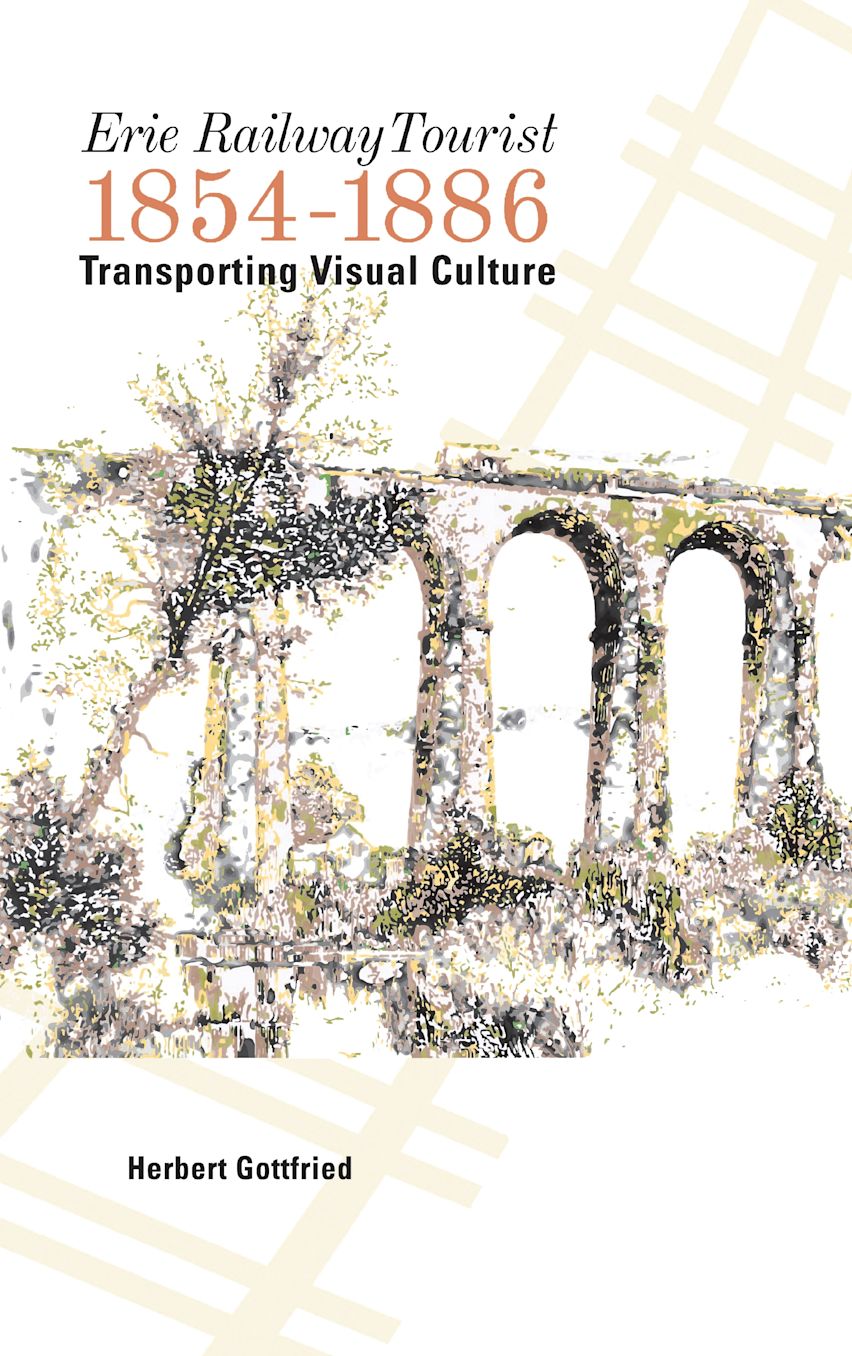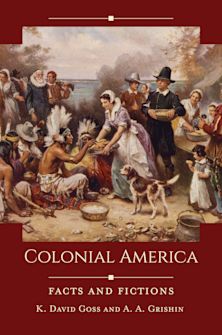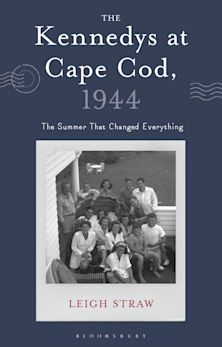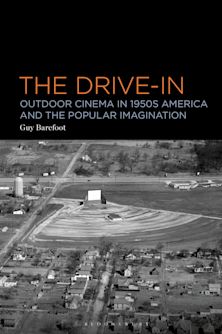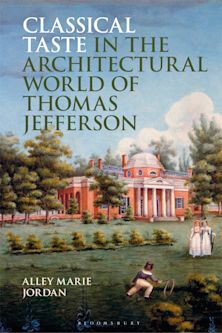- Home
- ACADEMIC
- History
- United States History
- Erie Railway Tourist, 1854–1886
You must sign in to add this item to your wishlist. Please sign in or create an account
Description
This book explores how the Erie Railway, in developing a series of sophisticated travel guides, made significant contributions to nineteenth-century visual culture and shaped the social life of Americans. The Erie Railway emerged during a time in which a societal response to the production of landscape paintings and prints led to a concurrent development of tourism. The era promoted a visual culture that encouraged scenic thinking in which closely viewed scenes and deep prospects became the basis for engaging physical landscapes and their representations. Revealing how visual culture apprehends aspects of reality that texts only partially grasp, the Erie guides became an important part of the commentary on the role of landscape in nineteenth-century American life. Their images and texts are worth our attention as annotations on the production of culture.
Table of Contents
Acknowledgments
Introduction
OneHistory of the Erie Railway
TwoThe Historical Basis of Erie Railway Guide Imagery
ThreeThe Cottage and Suburban Development
FourLandscape Commentary
Bibliography
Index
About the Author
Product details
| Published | Oct 31 2018 |
|---|---|
| Format | Ebook (PDF) |
| Edition | 1st |
| Extent | 120 |
| ISBN | 9781611465921 |
| Imprint | Lehigh University Press |
| Illustrations | 30 BW Illustrations, 10 Color Illustrations |
| Series | Studies in Text & Print Culture |
| Publisher | Bloomsbury Publishing |
About the contributors
Reviews
-
Erie Railway Tourist, 1850–1886: Transporting Visual Culture is a valuable contribution to the fields of visual culture studies and American history, offering new perspectives on the intersections of art and commerce. Addressing the many ways in which the Erie Railway’s advertisements popularized the artistic movement of landscape painting, this book highlights the role of the railway’s art in marketing suburban development and tourism in nineteenth-century America. Written in a clear and readable style, it is enriched with many illustrations that strengthen Gottfried’s arguments. Railway buffs will also find the book informative and enjoyable.
Bertram M. Gordon, Professor of History, Mills College










